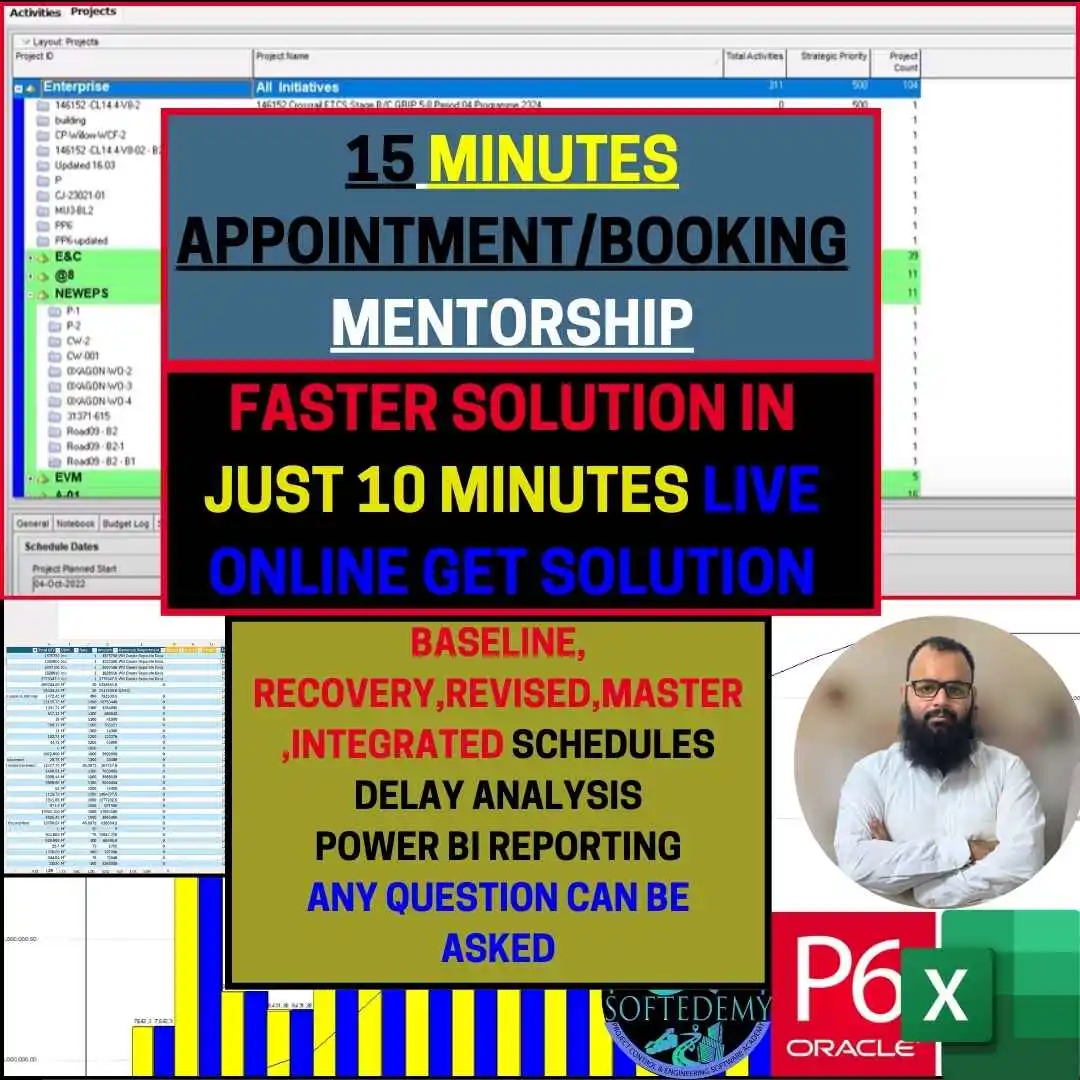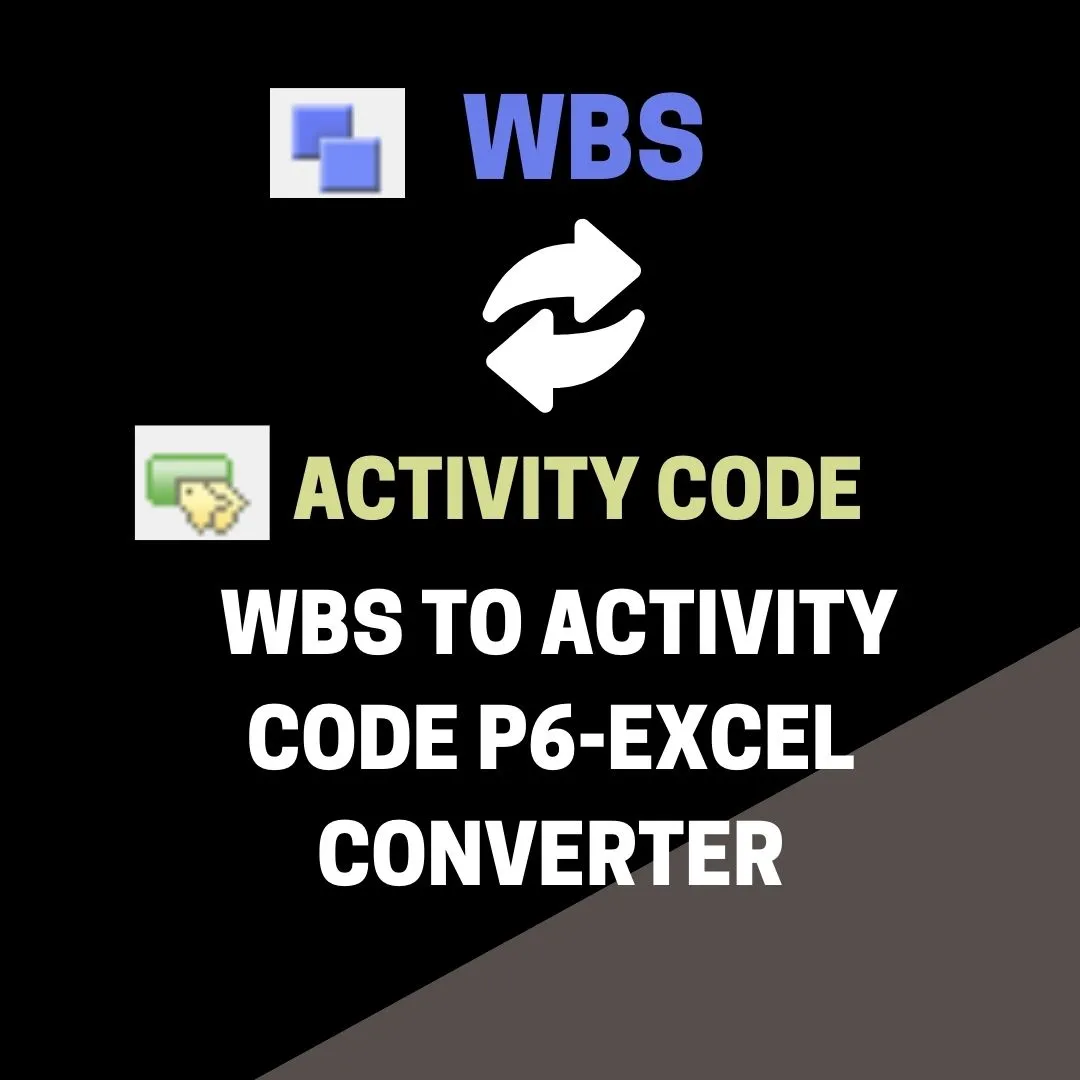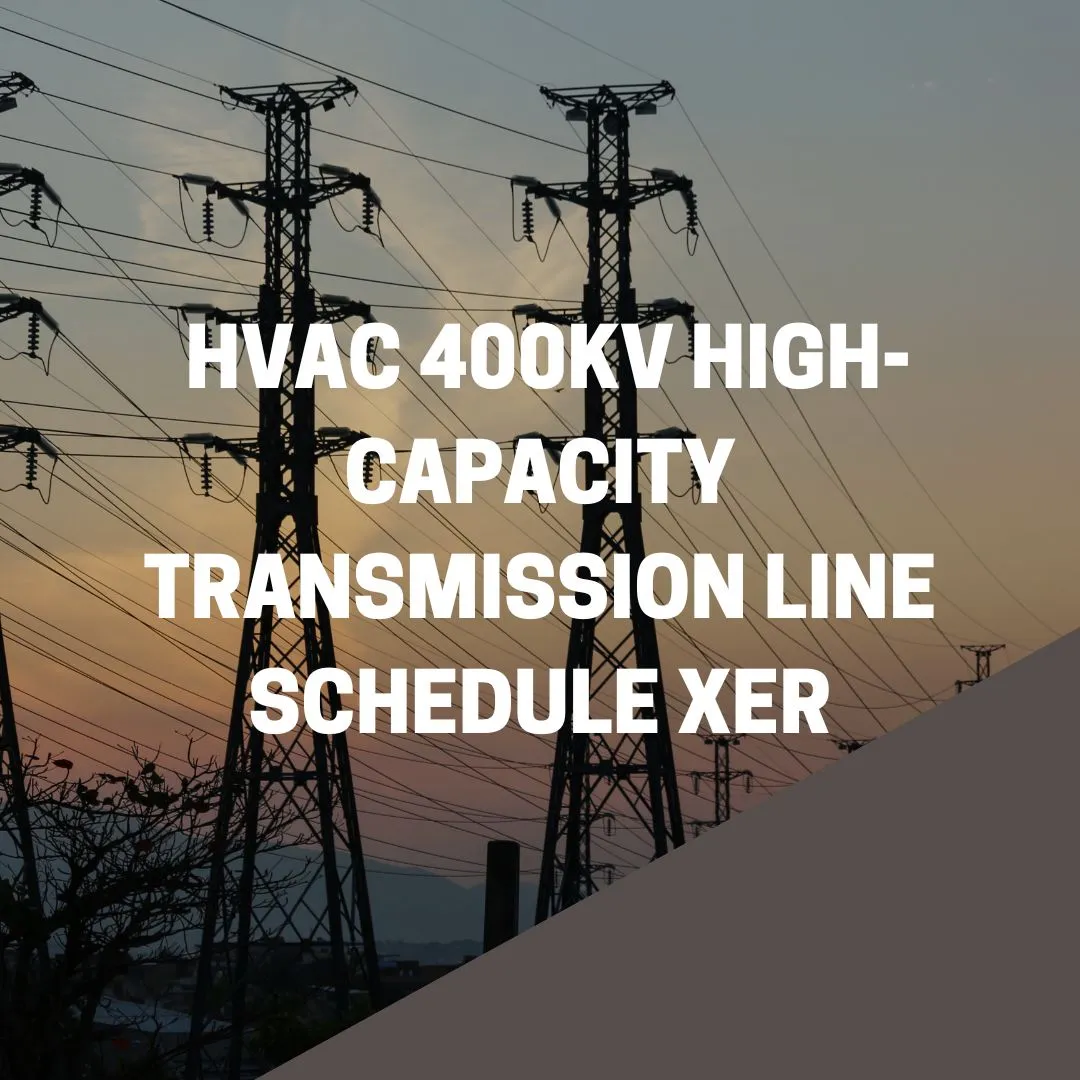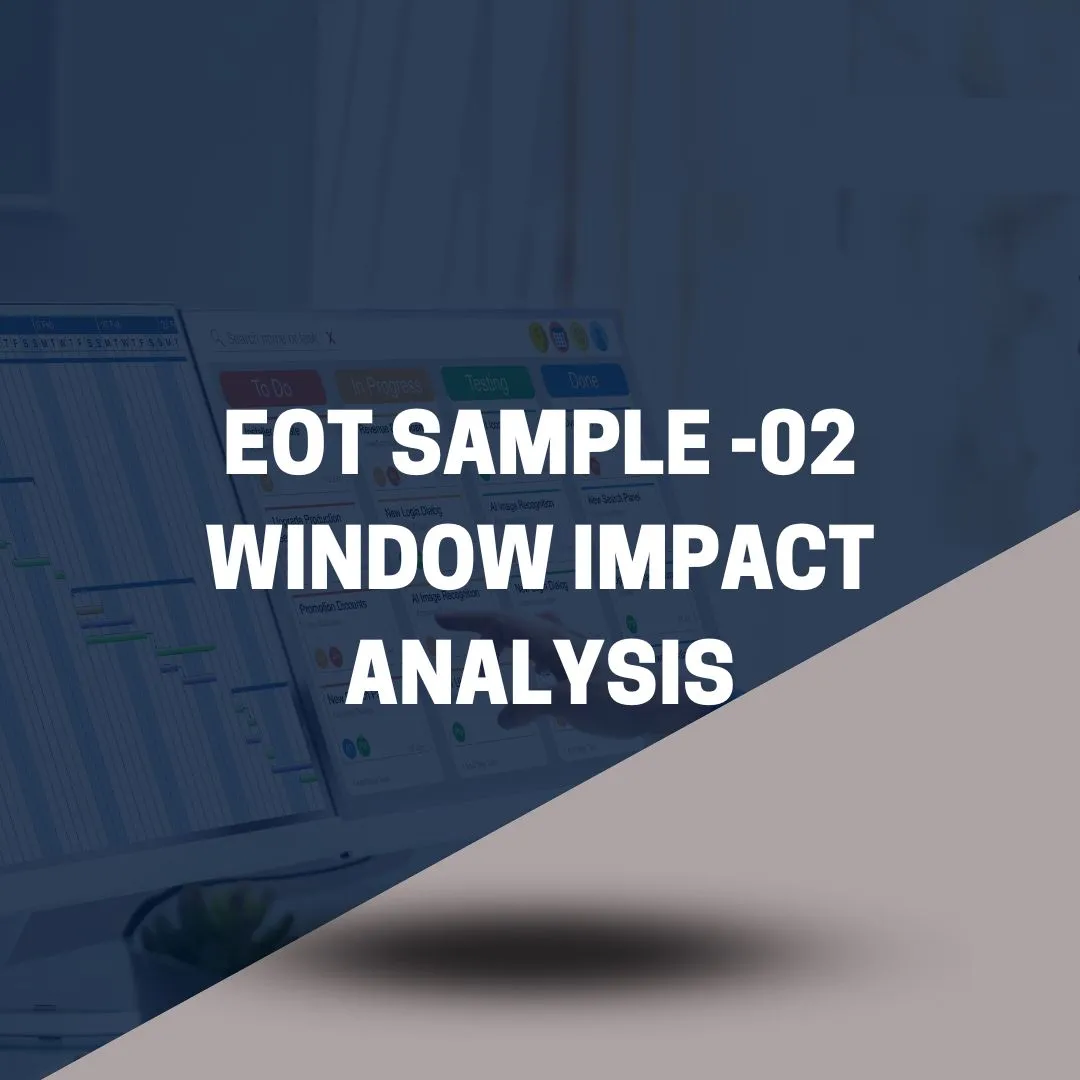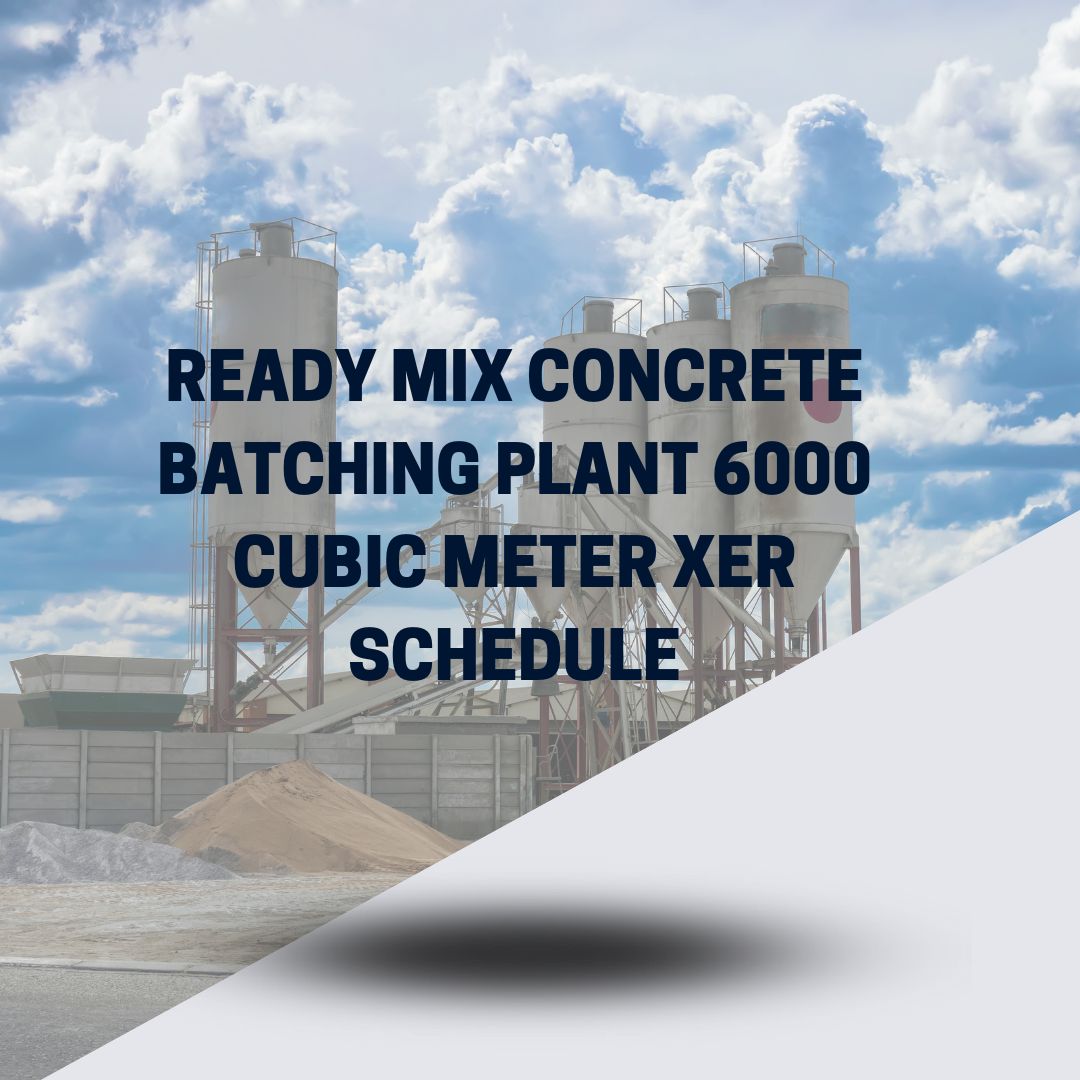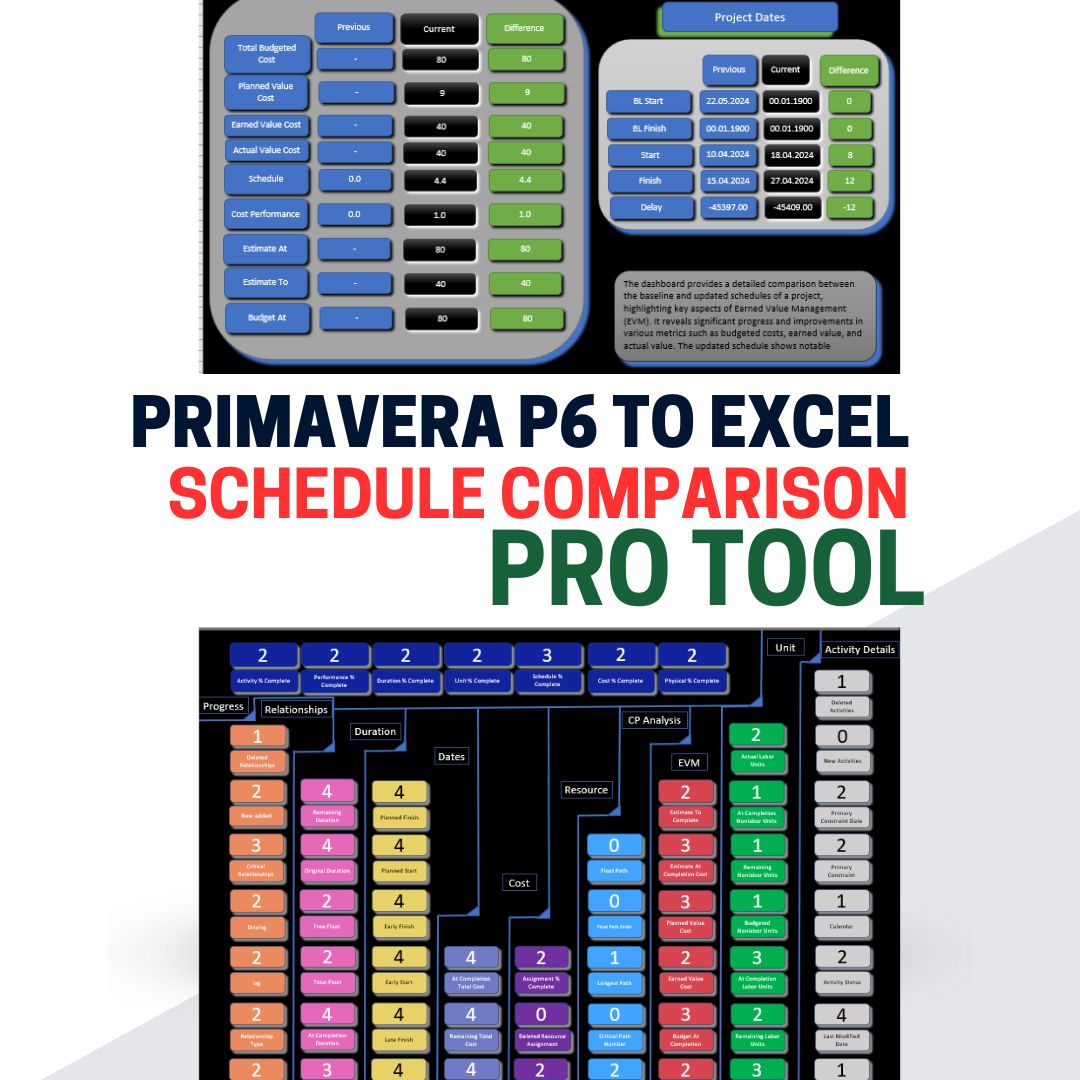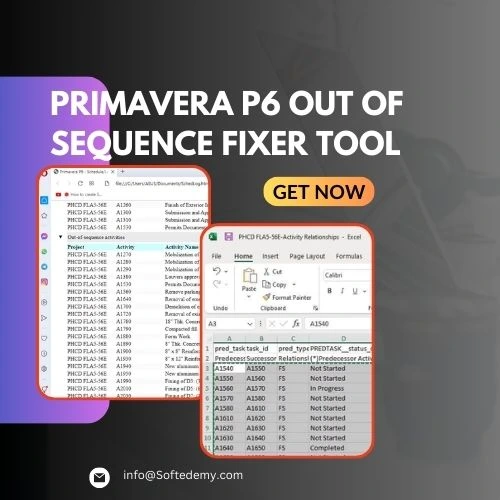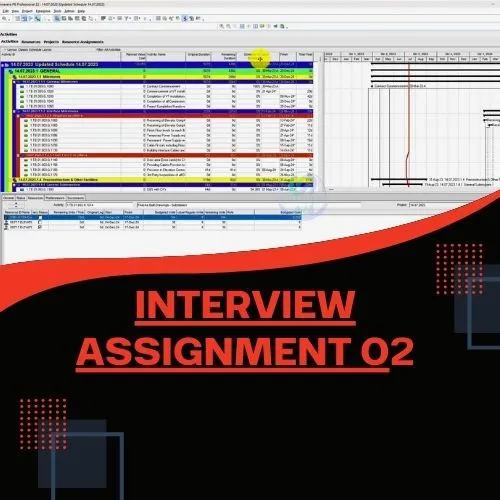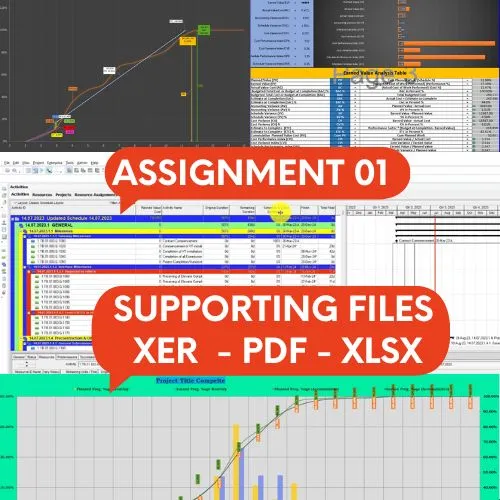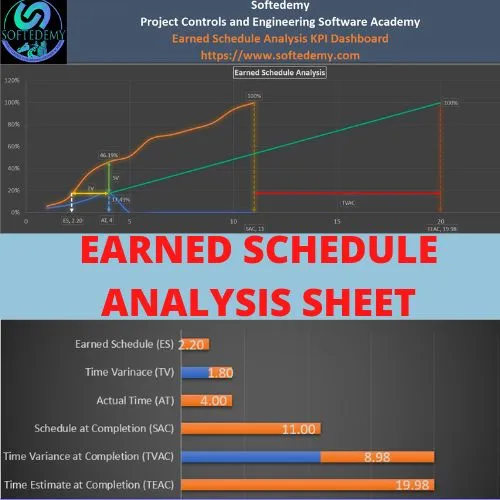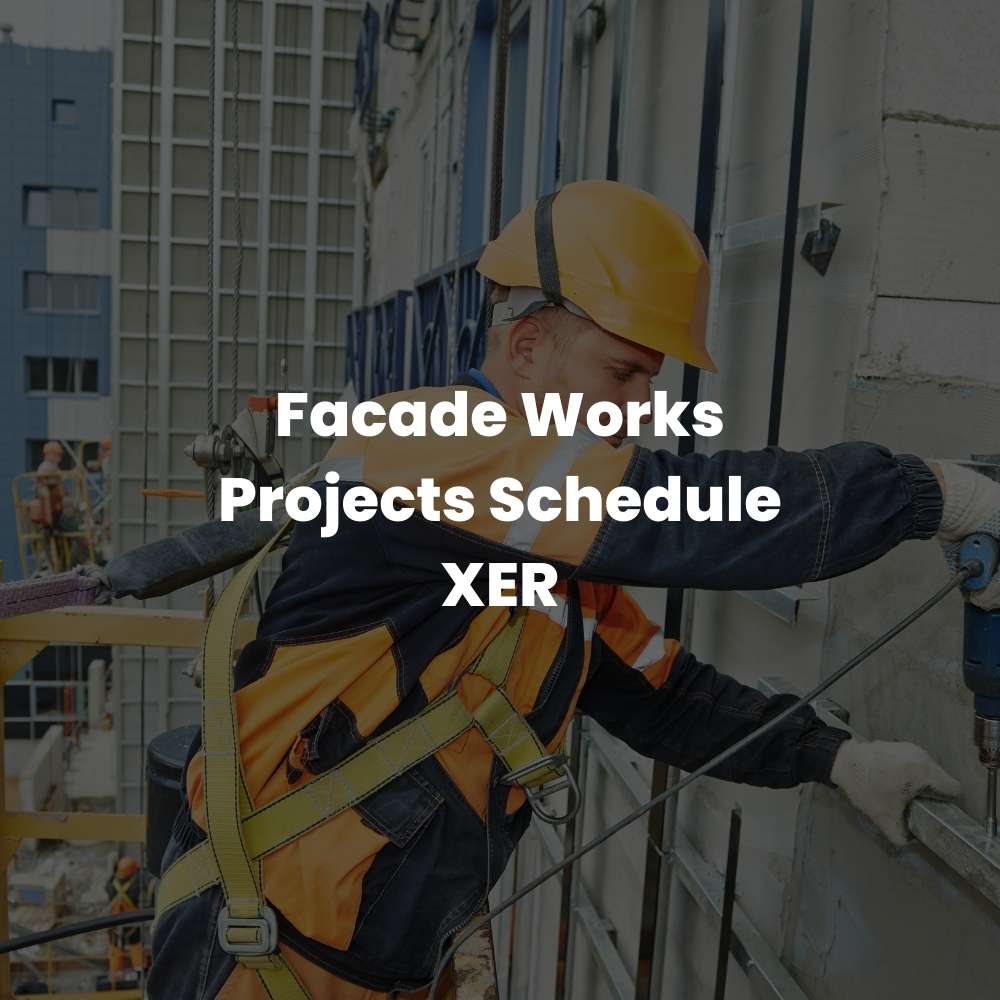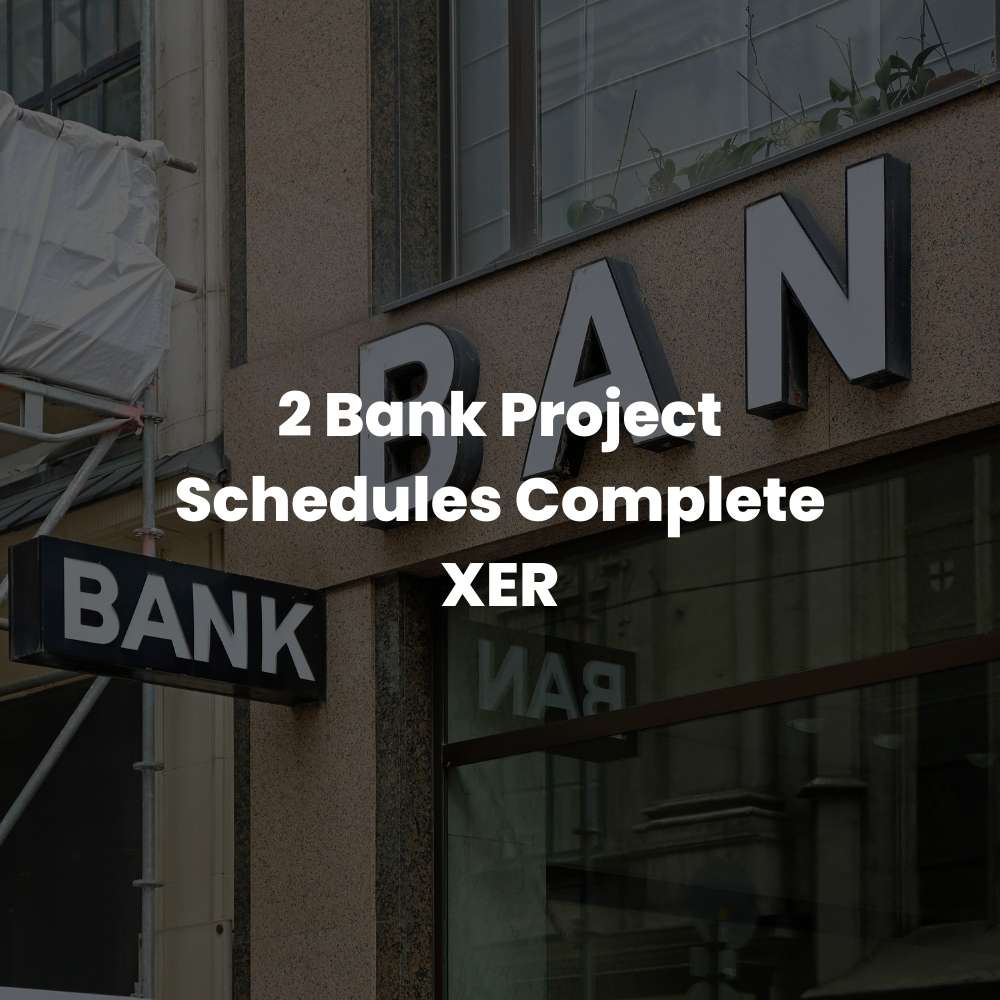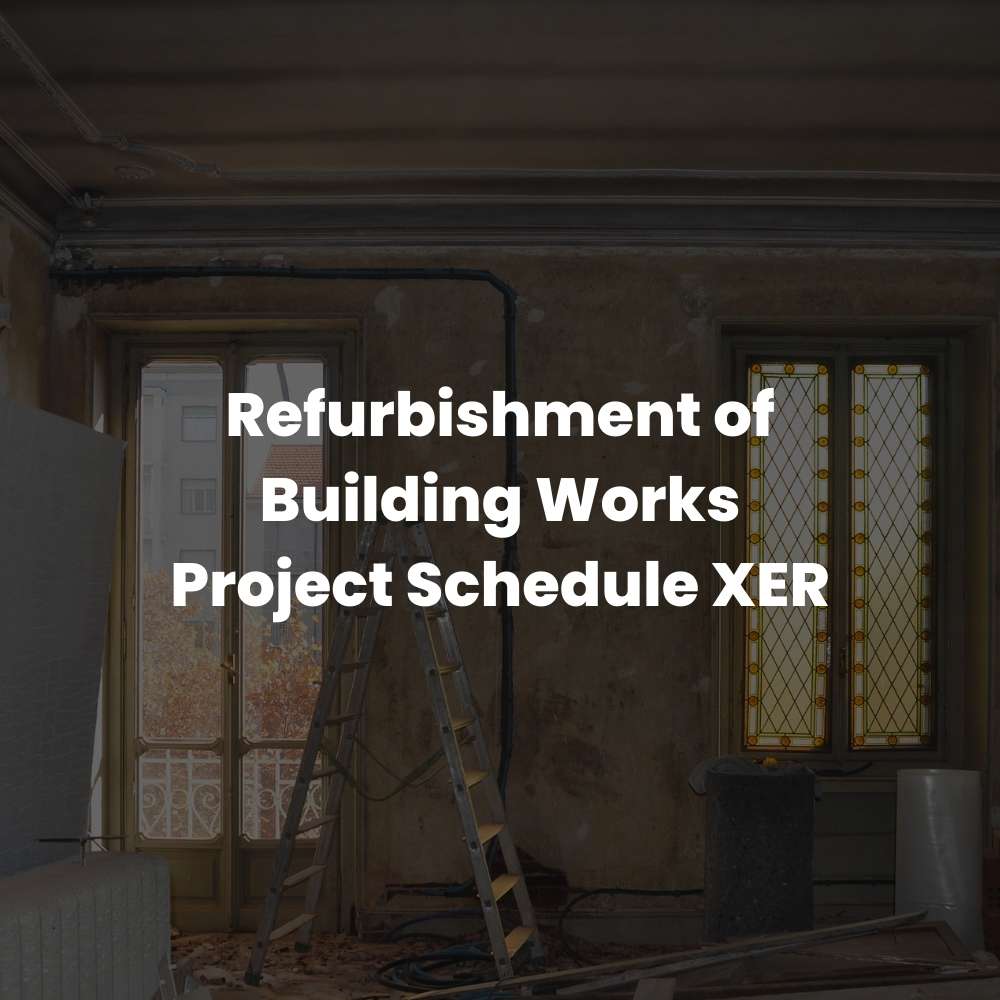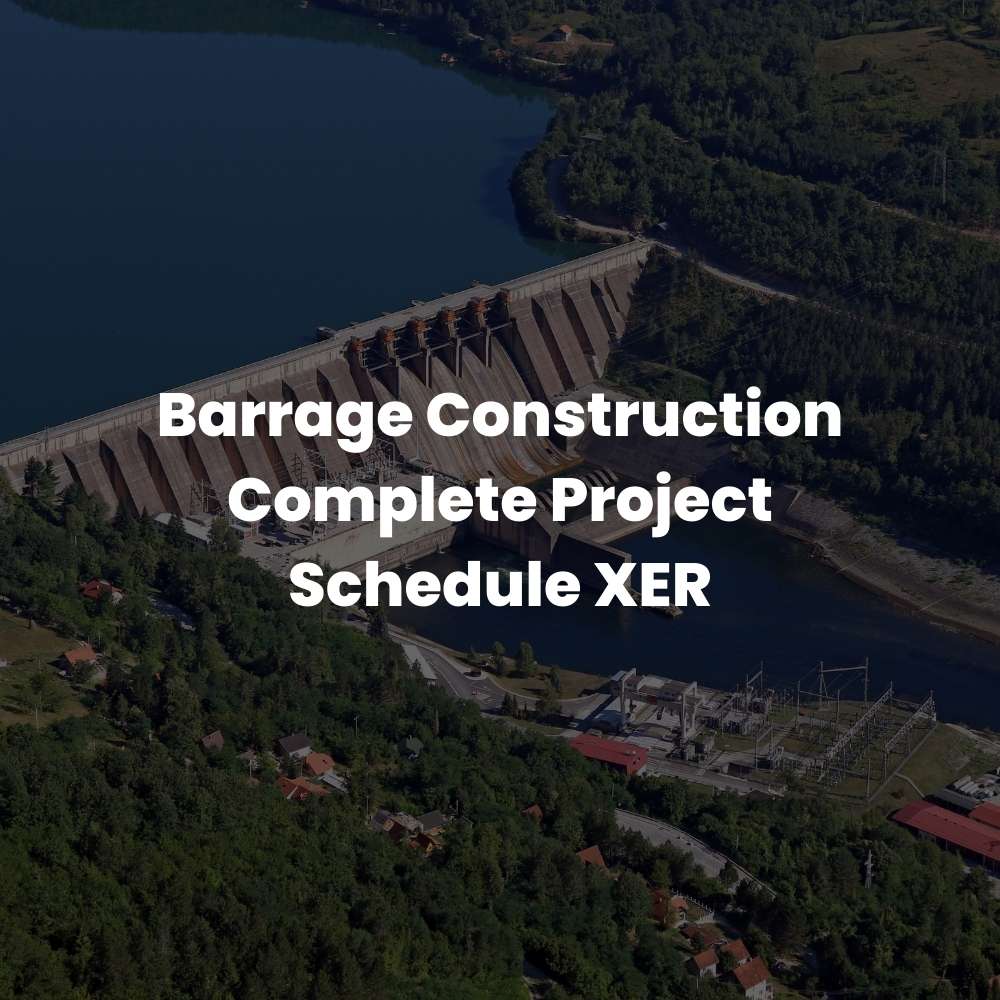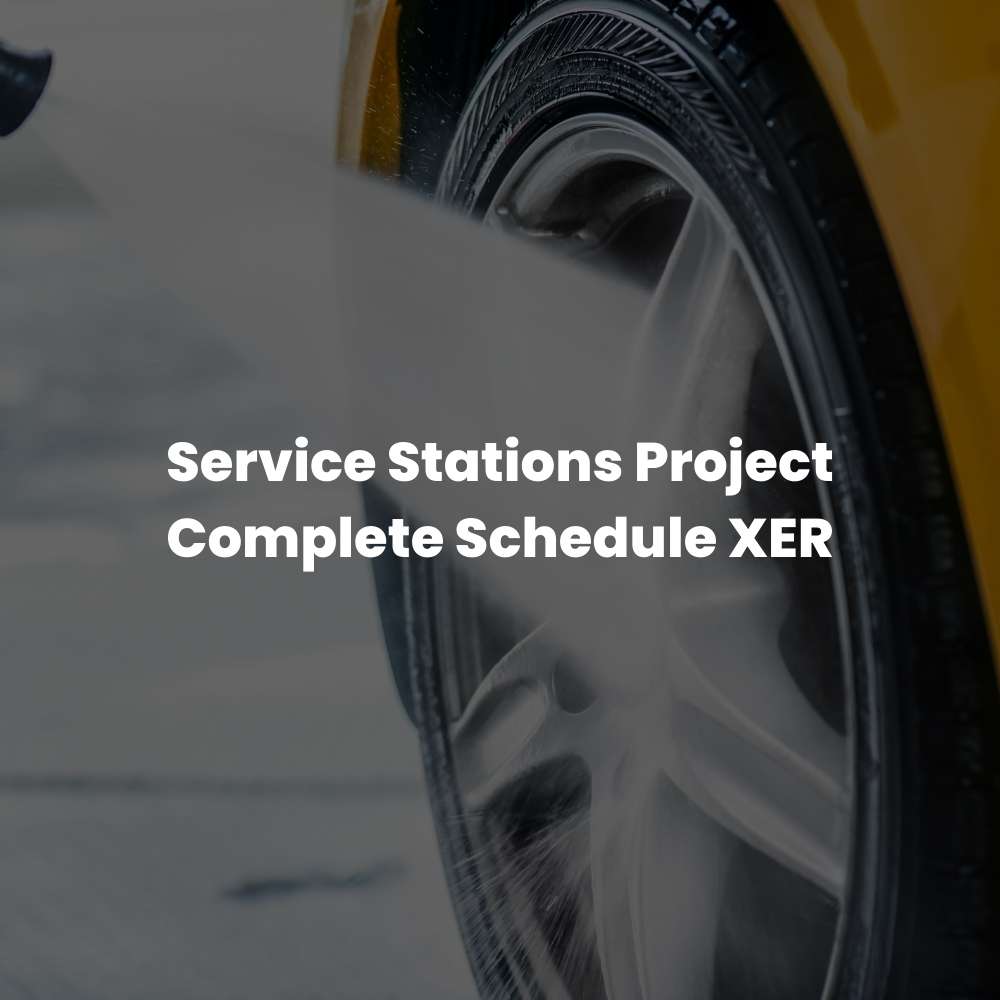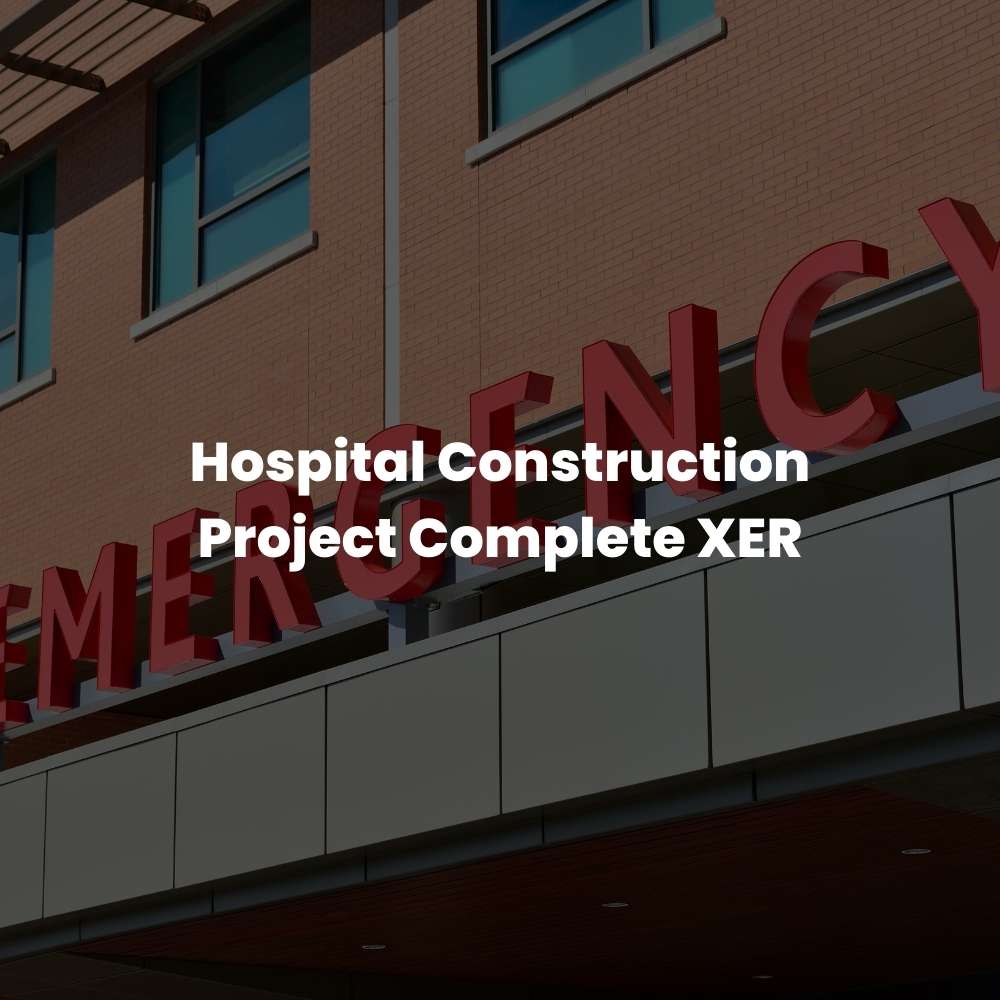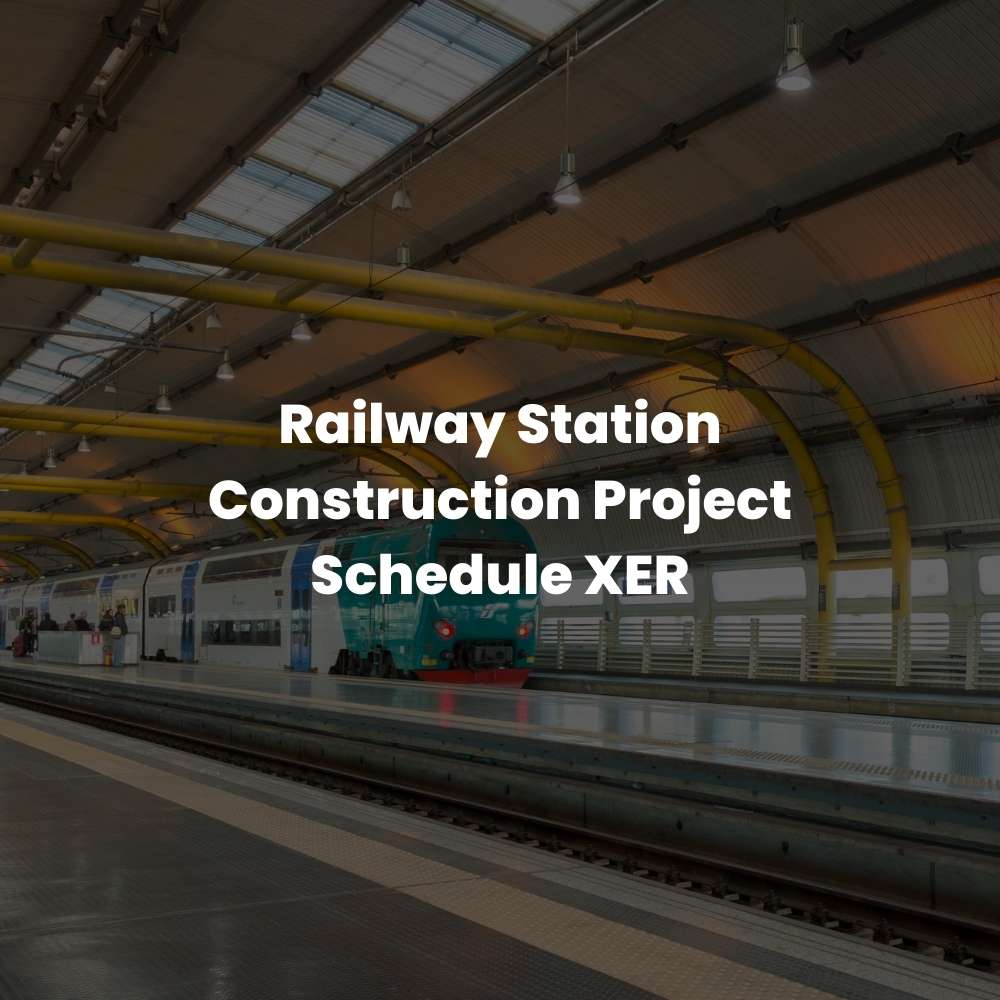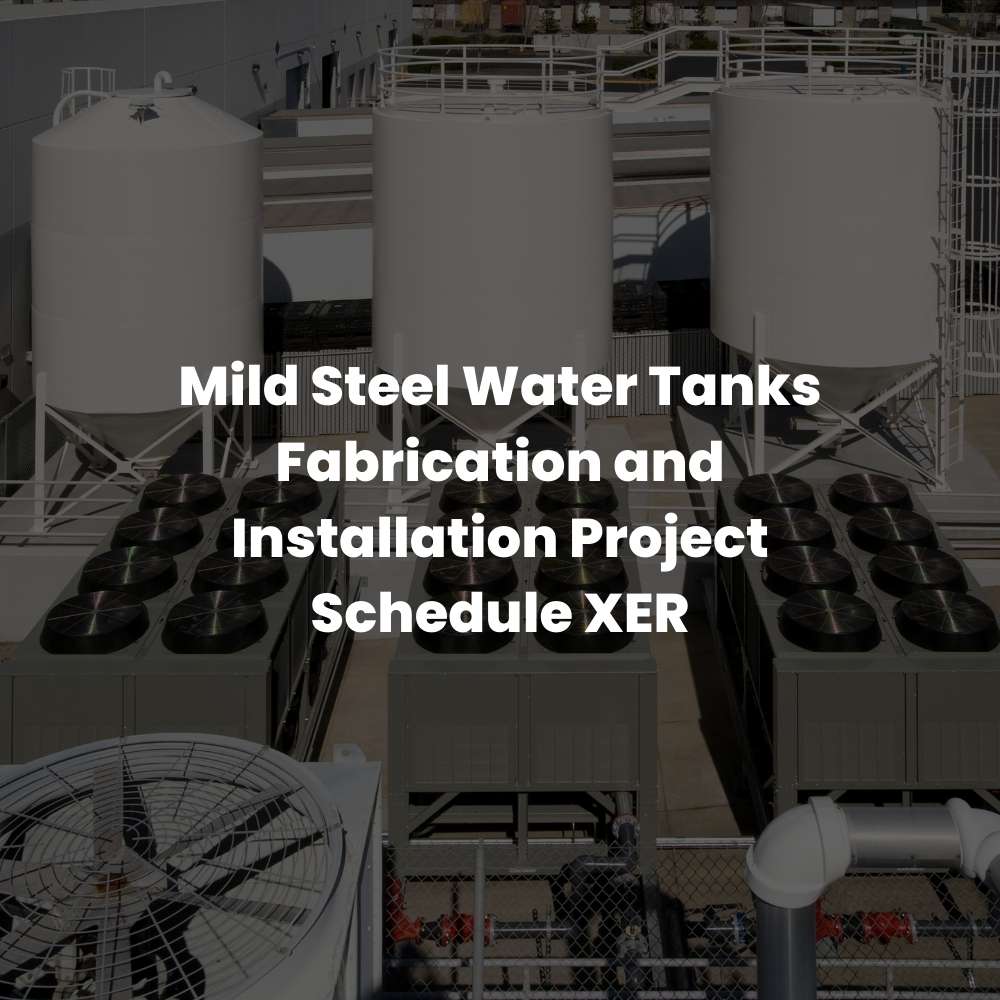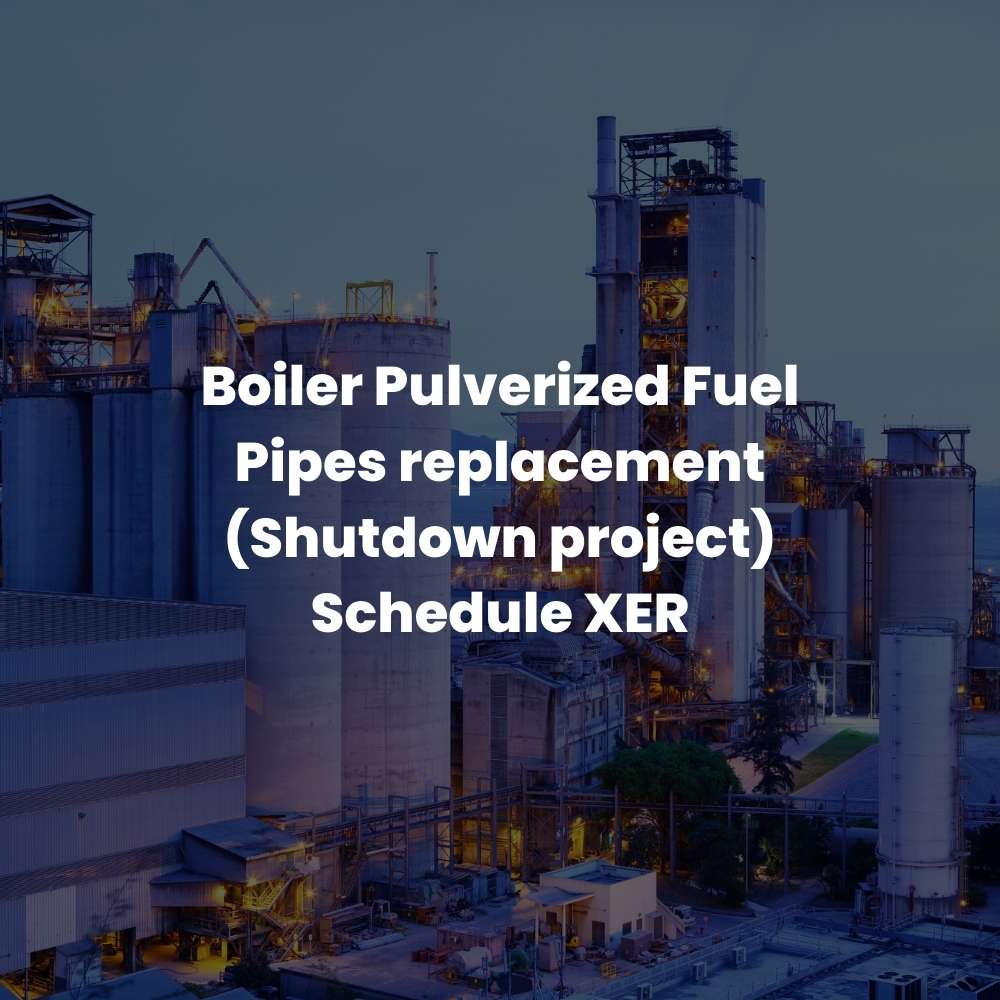The construction project closeout process is crucial for ensuring that all aspects of the project are completed, documented, and handed over properly. It involves several key steps, each critical to the successful closure and client satisfaction.
1. Administrative Closeout
Financial Settlements: It’s important to settle all outstanding financial matters, including paying invoices and reconciling the project budget with actual expenditures (Workyard).
Finalizing Contracts: Conclude all contracts and agreements with contractors and subcontractors, ensuring that all change orders are documented and signed, and final lien waivers and releases are obtained (Workyard) (InEight).
Document Compilation: Gather and organize all crucial project documentation such as permits, licenses, certificates, as-built drawings, warranty information, and operational manuals (Workyard).
2. Operational Closeout
Safety and Compliance Review: Ensure all necessary permits and regulatory compliance are up-to-date and in accordance with local, state, and federal regulations (Workyard).
Final Site Inspection: Conduct a thorough walkthrough with the client, create and address a punch list of remaining tasks or corrections (Workyard).
Operational Manuals and Training: Provide and explain operational manuals and maintenance guidelines to the client, and conduct training sessions for the client’s staff on new systems and equipment (Workyard).
3. Legal and Risk Management
Client Approval: Secure the client’s formal acceptance of the project deliverables and obtain a project completion acceptance certificate (Workyard).
Risk Management: Address and resolve any outstanding claims or disputes, and settle all insurance claims (Workyard).
4. Project Team Closeout
Resource Reallocation and Team Debriefing: Reassign project team members as needed, return or reallocate equipment, and conduct a debriefing meeting to review project performance and document lessons learned (Workyard).
5. Final Reporting and Archiving
Prepare and Present Final Report: Compile a comprehensive report that includes all relevant documentation, financials, and lessons learned, and present this report to the client and stakeholders (Workyard).
Archiving: Securely store physical and digital copies of all project documents (Workyard).
6. Post-Completion Review
Follow-Up with Client: Schedule a review meeting with the client to discuss project performance and address any post-completion issues, ensuring ongoing satisfaction and scheduling maintenance or warranty services as needed (Workyard).
Additional Best Practices for Successful Closeout
Utilizing Technology: Implement construction management software to streamline document handling, track project changes, and ensure a smooth handover (Autodesk) (InEight).
Client and Subcontractor Coordination: Maintain clear communication with all stakeholders to ensure expectations are met and any last-minute issues are addressed (Autodesk) (BigRentz).
Organizational and Subcontractor Closeout: Ensure all equipment and personnel are demobilized from the site properly, and that all subcontractor work meets contract specifications before final payments are made (InEight).
For more in-depth details and tips on conducting a successful project closeout, you can refer to resources such as the guides provided by Autodesk here and InEight here.
By following these detailed steps and best practices, you can ensure a thorough and successful project closeout, enhancing client satisfaction and paving the way for future project opportunities.
Leave a Reply
You must be logged in to post a comment.

